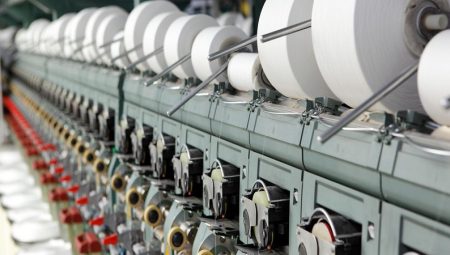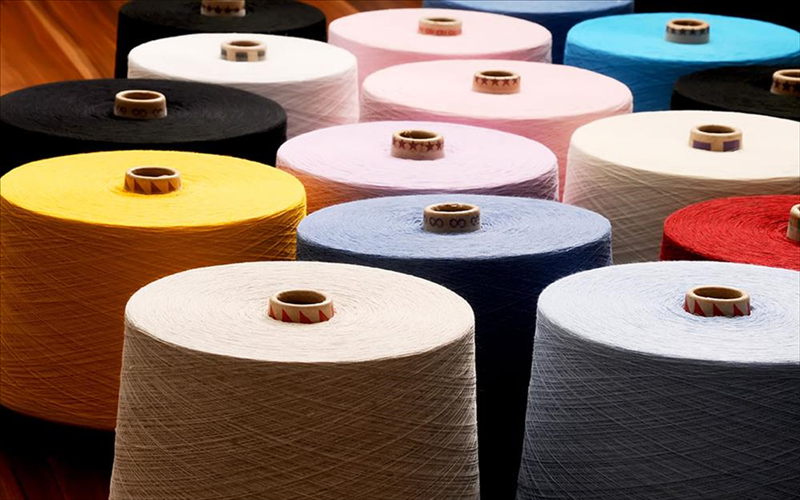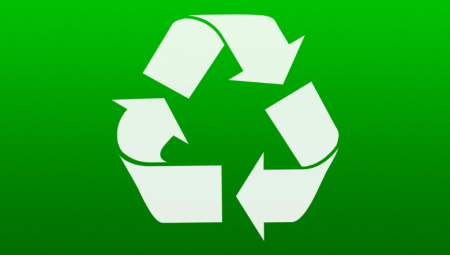**Weaving: The Cornerstone of Textile Production**
Weaving is one of the oldest and most basic production methods of the textile industry. This technique, which has been used for centuries, enables fabric production by interlacing threads. Today, although weaving technologies and techniques have been modernized, the basic principles are the same. In this article, the details of the weaving process, the machines and techniques used, the advantages of woven fabrics and their areas of use will be discussed.
### What is Weaving?
Weaving is the process of creating fabric by intersecting two separate thread systems (warp and weft) at right angles. While the warp threads are fixed on the loom, the weft threads are passed between the warp threads. The continuous repetition of this process creates the woven fabric. The weaving process can be done with various techniques to obtain different patterns and fabric properties.
### Weaving Process
1. **Warp Preparation:**
The first step of the weaving process is the placement of the warp threads on the loom. These threads are placed regularly along the length of the loom and fixed by stretching. The quality of the warp threads directly affects the overall quality of the fabric.
2. **Placement of Weft Threads:**
The weft threads pass through the warp threads to form the fabric. This process is done on the loom using tools such as shuttles, hooks or water jets. The tightness and arrangement of the weft threads determine the density and durability of the fabric.
3. **Weaving Technique and Pattern Formation:**
Various patterns and textures can be obtained by using different techniques during weaving. For example, different techniques such as plain weave, twill weave and satin weave create different effects on the surface of the fabric.
4. **Finishing Processes:**
After the weaving process is completed, the fabric is usually subjected to various finishing processes. These processes are done for purposes such as increasing the softness of the fabric, ensuring color stability or providing water repellent properties.
### Weaving Machines
The weaving process can be done at different levels, from simple hand-made looms to fully automated industrial machines. Today, high-speed automatic weaving machines are used in large-scale textile production. These machines combine warp and weft yarns quickly and efficiently, making it possible to produce large quantities of fabric.
– **Shuttle Looms:** Traditional weaving looms use a shuttle. The shuttle passes the weft yarn through the warp yarns. Shuttle looms, although slower, produce high-quality and durable fabrics.
– **Shuttleless Looms:** Shuttleless looms, which are more common in modern weaving factories, pass the weft yarns through the warp yarns using hooks, air or water jets. These looms operate at higher speeds and can produce large quantities.
### Advantages of Woven Fabrics
1. **Durability:** Woven fabrics have high durability due to the tight interweaving of the warp and weft yarns. This feature makes woven fabrics ideal for long-lasting products such as furniture upholstery, denim and work clothes.
2. **Flexibility:** Woven fabrics can have different levels of flexibility using various yarn types and weaving techniques. For example, twill weave fabrics are more flexible than other weave types and offer more freedom of movement.
3. **Aesthetic Variety:** Woven fabrics can be produced with different patterns, colors and textures. This aesthetic variety offers a wide range of use in many areas from fashion to interior design.
4. **Air Permeability:** Woven fabrics provide good air permeability depending on the structure of the texture. This feature provides comfort and breathability, especially in clothes.
### Areas of Use of Woven Fabrics
Woven fabrics have a very wide range of uses. They are widely used in the fashion sector in the production of many garments such as shirts, trousers, skirts and jackets. In addition, they are preferred in products such as curtains, tablecloths and duvet covers in the home textile sector. In the industrial field, it is used in work clothes, tents and upholstery fabrics due to its durability and long life.
### Conclusion
Weaving is one of the most basic and indispensable production methods of the textile sector. Offering durability, flexibility and aesthetic diversity, woven fabrics have a wide range of uses from fashion to home textiles, from industrial products to art. With the development of technology, weaving techniques and machines are also evolving and offering new opportunities to textile manufacturers. In this context, weaving continues to be the cornerstone of both traditional and modern textile production.





